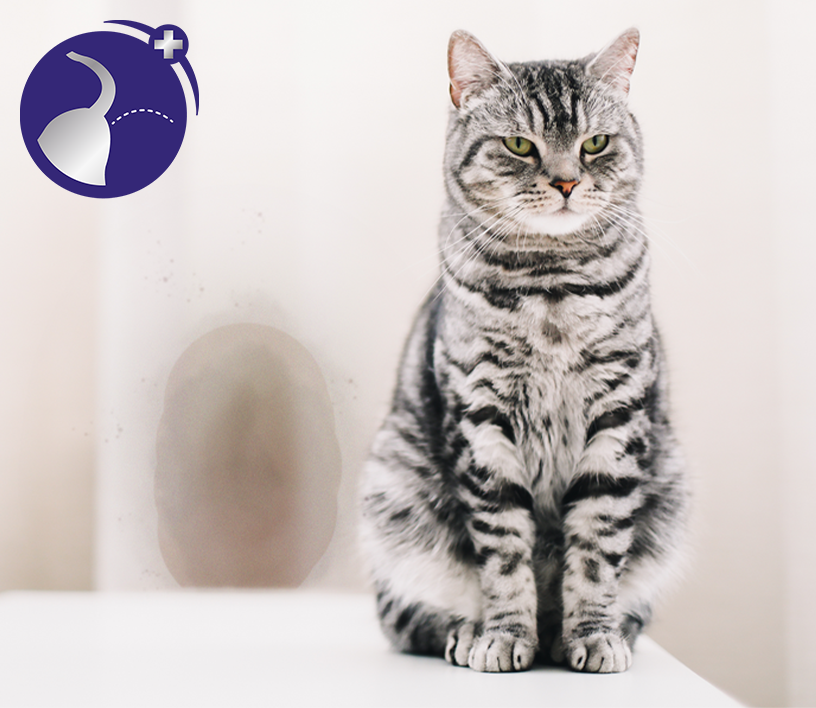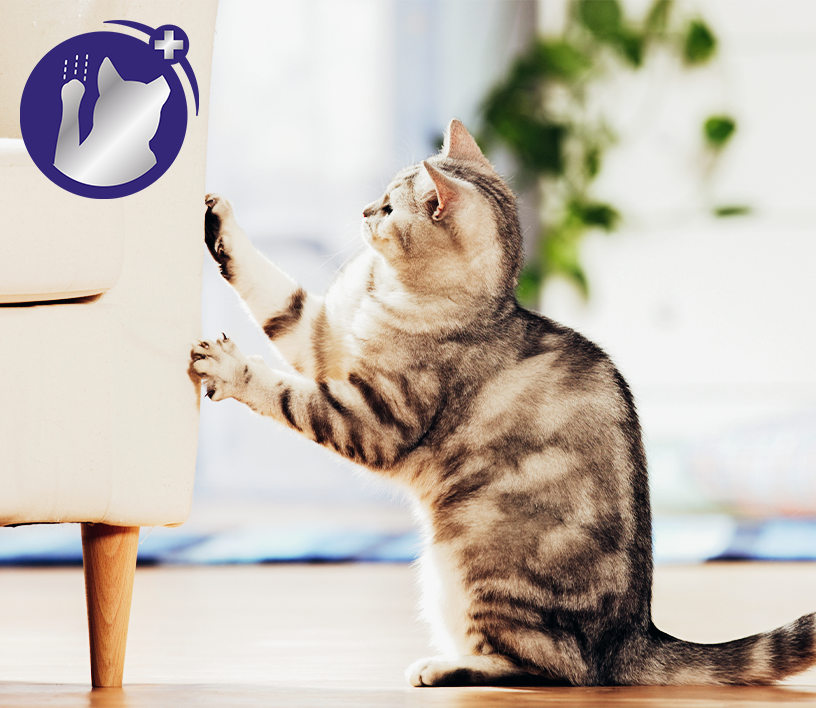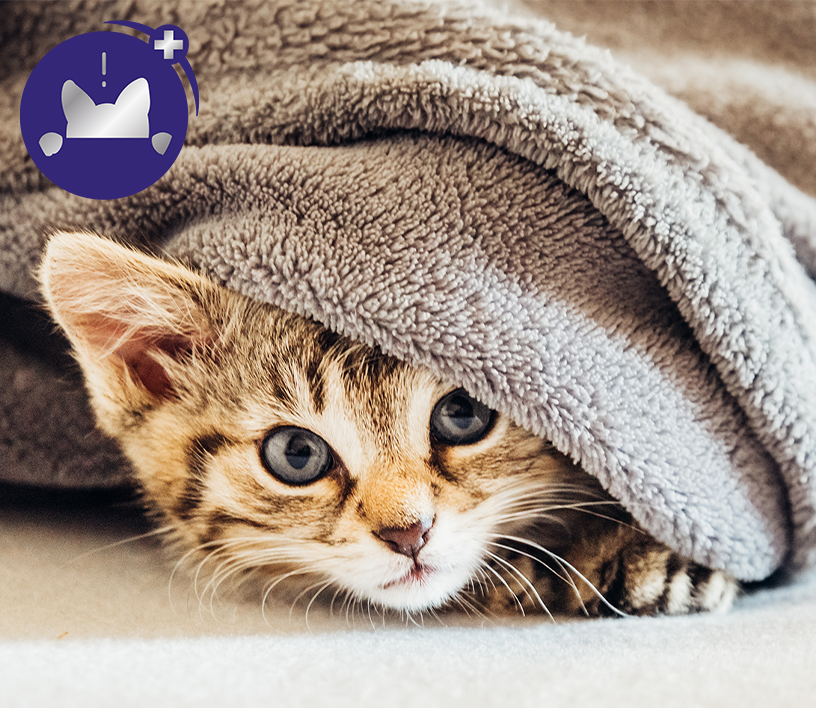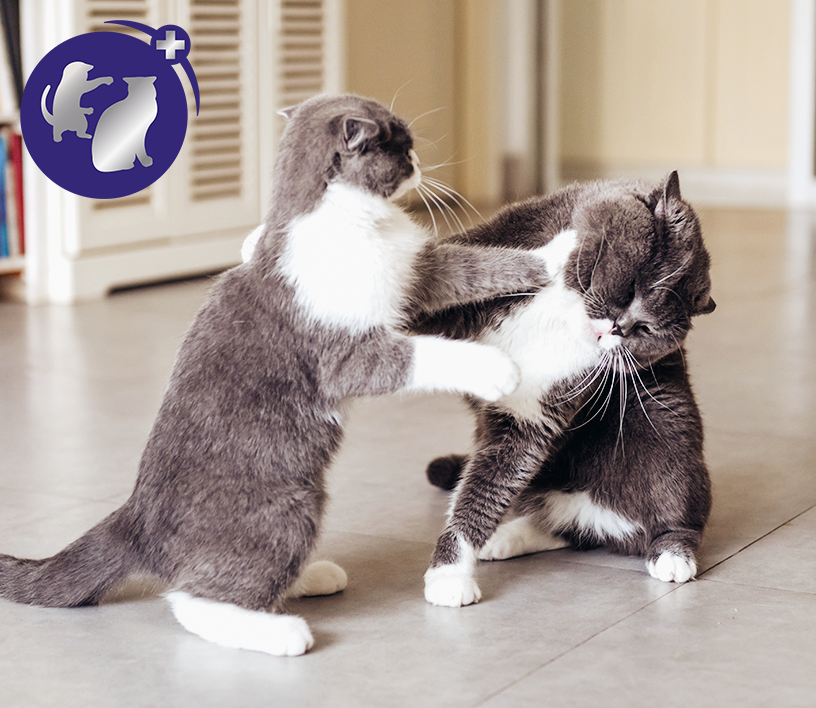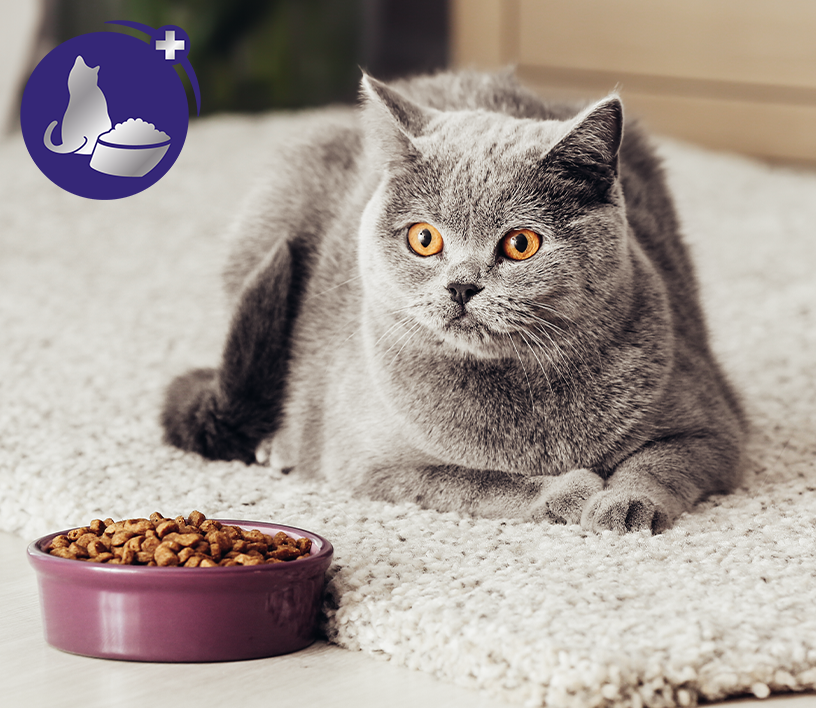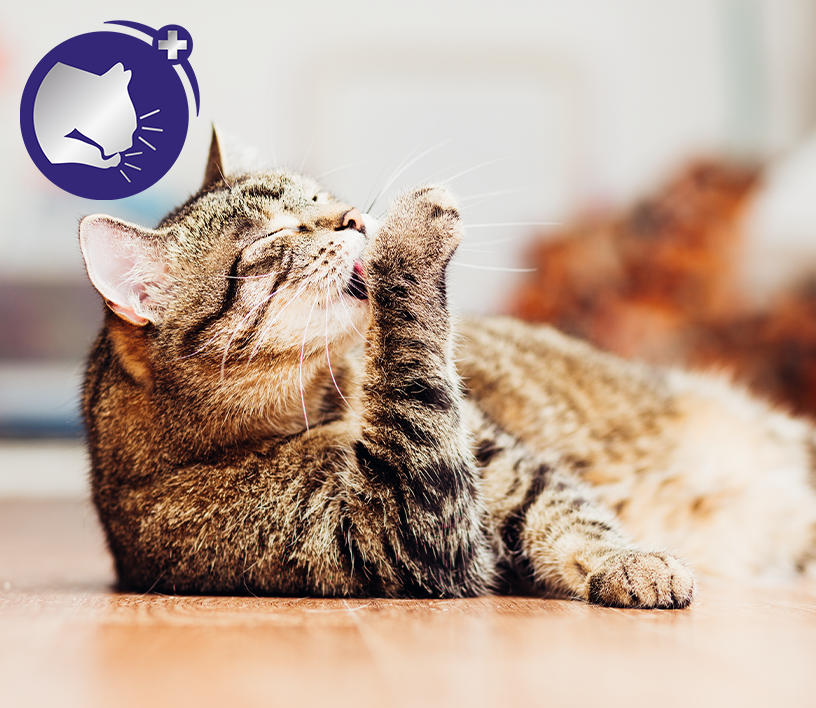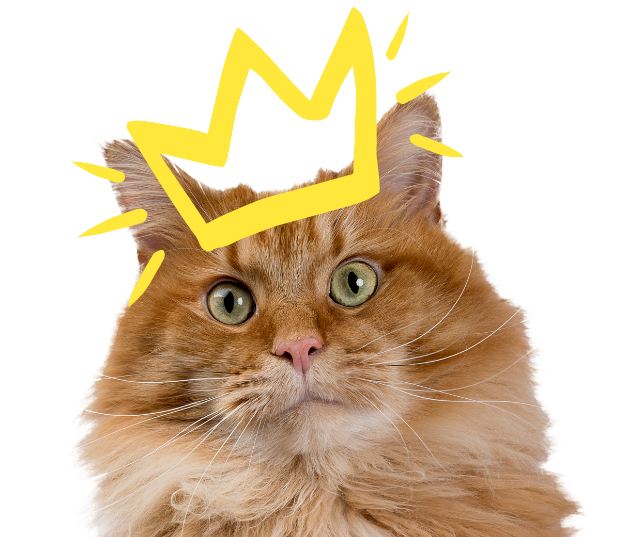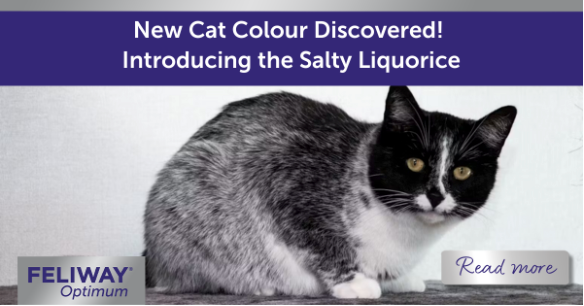
New Cat Colour Discovered! Introducing the Salty Liquorice
There’s been a new and exciting discovery in the feline world! Researchers have uncovered a new cat colour called salty liquorice. So, what exactly does the salt liquorice cat look like and how did they come about? Discover all you need to know in today’s blog!
About Salty Liquorice Cats
This rare cat coat was discovered in Finland, where they were named Salmiak cats. In English, this translates to salty liquorice cats – a fitting name as they do seem to resemble the sweets!
Interestingly, the new cat coat is actually a direct result of them missing a chunk of DNA, affecting the salty liquorice cats’ white hairs. This missing piece of DNA is recessive, which makes the cat coat pattern on Salmiak cats quite rare.
Researchers in Finland have been delving into the DNA of these cats for years. They tested 180 cats, and only 3 were found to have the same genetic mutation as a salty liquorice. However, these 3 cats had only inherited the variant from a single parent, so they didn’t have the distinctive cat coat patterns.

How to Spot a Salty Liquorice Cat
You can spot a Salmiak cat by their unique markings, which are present at birth and stay as they age. This cat’s coat is coloured near the skin and gets progressively whiter towards the tip, often being less prominent near the head. They can have different base colours such as black, brown tabby, tortoiseshell or blue but the salty liquorice cat pattern is easiest to spot on cats with a black base colour.
These cat’s markings are individual to each Salmiak cat, with some having a white tip on their tail, a more intense colouring on their shoulder area, or spots in the white areas on their front legs and chest. However, most of their cat coat patterns will follow a tuxedo colouring with a white chest, belly, and paws.
Other Interesting Cat Coat Patterns
There are also many other interesting cat coats. Domestic cats have a range of different coat colours and patterns, such as:
- Tabby – These cat markings include stripes or spots on their chest, often with white areas on the chest, feet, and tail. They can usually be identified by the M on their forehead.
- Tortoiseshell – Tortoiseshell cats are usually female, as males are rare, and they can be identified by their mottled coats with patches of black, orange, and sometimes white.
- Colourpoint – This type of cat colour refers to cats with darker colours on their feet, face, or tail. An example of this is Siamese cats.
- Solid – Having a solid coat means that there are no coat patterns or markings. They are most commonly grey, back, or white cats. There are also bicolour cats with a coat of two solid colours, such as tuxedo cat coats that look like a formal suit.

Facts About Cat Colours
A cat’s coat colour is dependent on genetics, as a kitten will inherit their colouring from their parents. Cat colours can also be sex-linked; for example, ginger males outnumber females 3 to 1, as a male only needs the orange gene on one chromosome to become a ginger cat.
White is not a primary colour for cats and is usually only seen covering or co-existing with another colour. However, pure white cats do exist, but only in around 5% of cats, which makes them rare, much like the salty liquorice cat.
Research conducted in Mexico found a trend that a cat’s personality can be linked to their coat colour. This is believed to be due to a relationship between cats’ colour pigments and their dopamine levels. Do you have multiple cats with the same coat and opposite personalities? Or maybe they are similar to each other? It’s always interesting to learn something new about our furry companions and their origins!
If you want to know more interesting information about different cat colours or breeds, check out our other blogs or sign up for our newsletter to stay up to date with any more exciting discoveries!


















